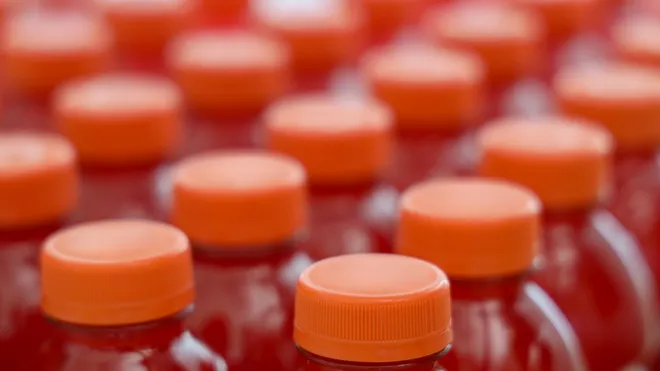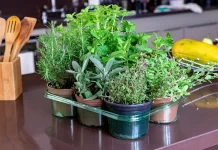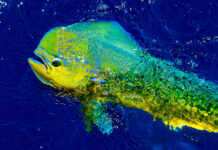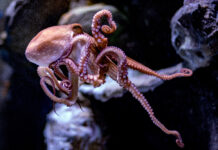What’s the latest information on the safety of Red 40 food dye? How can I identify products containing it, and are there natural alternatives I should consider?.
Red 40, one of the most widely used artificial food dyes, is found in everything from candy and soft drinks to cereals and packaged snacks. However, concerns over its safety have sparked debates among health experts, parents, and regulatory agencies. Is Red 40 safe to consume? How can you identify products containing it? And are there healthier, natural alternatives? This article explores the latest findings and offers guidance on making informed choices.
Table of Contents
ToggleWhat Is Red 40 and Why Is It Used?
Red 40, also known as Allura Red AC, is a synthetic food coloring derived from petroleum. It is primarily used to enhance the appearance of processed foods, making them look more vibrant and appealing. This dye is commonly found in:
- Candy and sweets (gummies, lollipops, fruit-flavored chews)
- Soft drinks and sports drinks
- Breakfast cereals
- Snack foods (chips, flavored popcorn)
- Desserts (ice cream, gelatin, frosting)
- Medications and vitamins (chewable or liquid forms)
Since Red 40 is inexpensive and stable, food manufacturers favor it over natural colorants. But its widespread use has led to safety concerns, particularly regarding its effects on children and long-term health.
Is Red 40 Safe? What the Latest Research Says
Regulatory agencies like the U.S. Food and Drug Administration (FDA) and the European Food Safety Authority (EFSA) consider Red 40 safe within approved limits. However, some studies suggest potential health risks:
1. Possible Hyperactivity in Children
Several studies have examined the link between artificial food dyes, including Red 40, and behavioral changes in children. Some research, including a 2007 study published in The Lancet, found that artificial food dyes could contribute to hyperactivity in children, particularly those with ADHD. This has led some countries, like the UK, to require warning labels on foods containing these dyes.
2. Potential Allergic Reactions
Although rare, some people may experience allergic-like reactions to Red 40, such as:
- Skin rashes
- Migraines or headaches
- Digestive discomfort
Those with sensitivities to food dyes should be cautious and monitor for any adverse reactions.
3. Concerns Over Long-Term Health Effects
There has been ongoing debate about whether synthetic dyes, including Red 40, could have long-term health effects. Some animal studies have suggested a potential link to immune system issues, but there is no definitive evidence of harm in humans at approved levels. However, health advocates argue that more independent research is needed.
How to Identify Red 40 in Foods and Products
Reading ingredient labels is the best way to identify products containing Red 40. It may be listed under various names, including:
- Red 40
- Allura Red AC
- FD&C Red No. 40
- CI 16035 (in cosmetics and personal care products)
Common Foods and Drinks That May Contain Red 40
- Fruit-flavored candies and gummies
- Sodas, fruit punches, and energy drinks
- Flavored yogurts and puddings
- Frostings, sprinkles, and baking decorations
- Processed snack foods like cheese-flavored chips
Checking labels is especially important for parents who want to limit their children’s exposure to synthetic dyes.
Natural Alternatives to Red 40
If you prefer to avoid Red 40, there are several natural food colorants available. Many companies are now turning to plant-based ingredients to achieve vibrant red hues. Some natural alternatives include:
1. Beet Juice and Beet Powder
Beets provide a deep red color and are often used in smoothies, yogurts, and baked goods. They are rich in antioxidants and naturally derived.
2. Paprika Extract
Derived from red peppers, paprika extract is used in savory snacks and sauces to create a reddish tint.
3. Pomegranate Juice
Pomegranate extract or juice can be used as a natural food dye, offering a bright red color without synthetic additives.
4. Hibiscus Powder
Hibiscus provides a deep pink to red color and is often used in teas, desserts, and jams.
5. Carrot Extract
Red or purple carrot extracts can be used to color foods naturally while adding a nutritional boost.
How to Make the Switch to Natural Alternatives
- Look for “No Artificial Colors” labels when shopping.
- Choose brands that use natural colorants like beets, turmeric, and berries.
- Make homemade versions of colored treats, using fruit and vegetable-based dyes.
Should You Avoid Red 40? The Bottom Line
While Red 40 is approved for use in food, some individuals—especially parents of young children—may prefer to limit exposure due to concerns about hyperactivity, allergies, or long-term health effects. If you want to reduce synthetic dyes in your diet, reading ingredient labels and choosing natural alternatives is the best approach.
The food industry is slowly shifting towards cleaner labels, meaning more brands are offering dye-free or naturally colored options. Whether you decide to avoid Red 40 entirely or simply cut back, being informed about your choices is the key to a healthier lifestyle.








